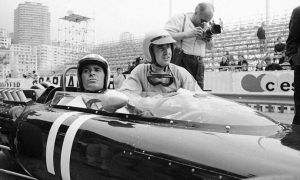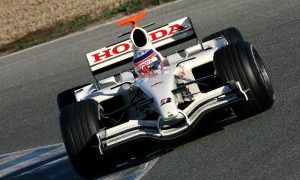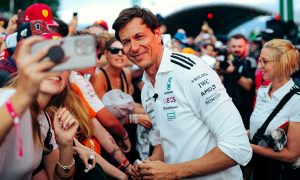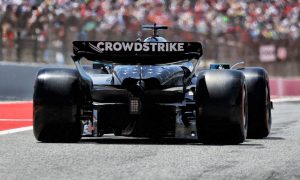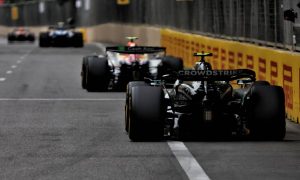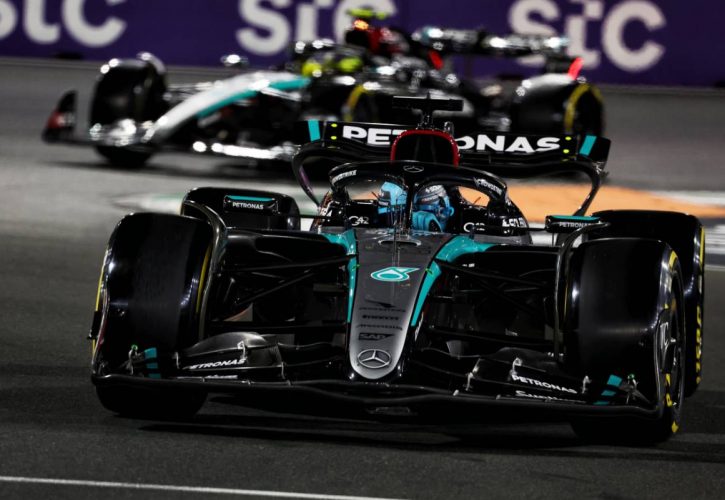
Mercedes F1 trackside engineering director Andrew Shovlin has revealed that the team is planning a series of "experiments" at the Australian GP to address the issues impacting the handling of W15 car.
Bouncing, especially on low fuel, and instability in high-speed corners weighed on Mercedes’ performance in Saudi Arabia where George Russell and Lewis Hamilton finished respectively sixth and ninth.
In a bid to solve its car’s weaknesses the Brackley squad’s engineers have devised a series of “experiments” that the team will run at Albert Park.
Mercedes’ decision to explore unconventional solutions is a significant shift from the outfit’s usual approach of meticulously refining established concepts.
However, the pressure to compete with Red Bull and especially with its direct Ferrari and McLaren rivals is clearly forcing the team’s hand.
“There's definitely data that we're picking through from Jeddah,” Shovlin explained in Mercedes Saudi GP debrief on YouTube.
“We're also looking at data from the Bahrain race, Bahrain test, and we will come up with a plan for how we approach free practice in Melbourne. But it's not just based on what we did in Jeddah.
“There's a lot of work going on within the aerodynamics department, vehicle dynamics department.
“We're trying to design some experiments there that will hopefully give us a direction that's good for performance.”
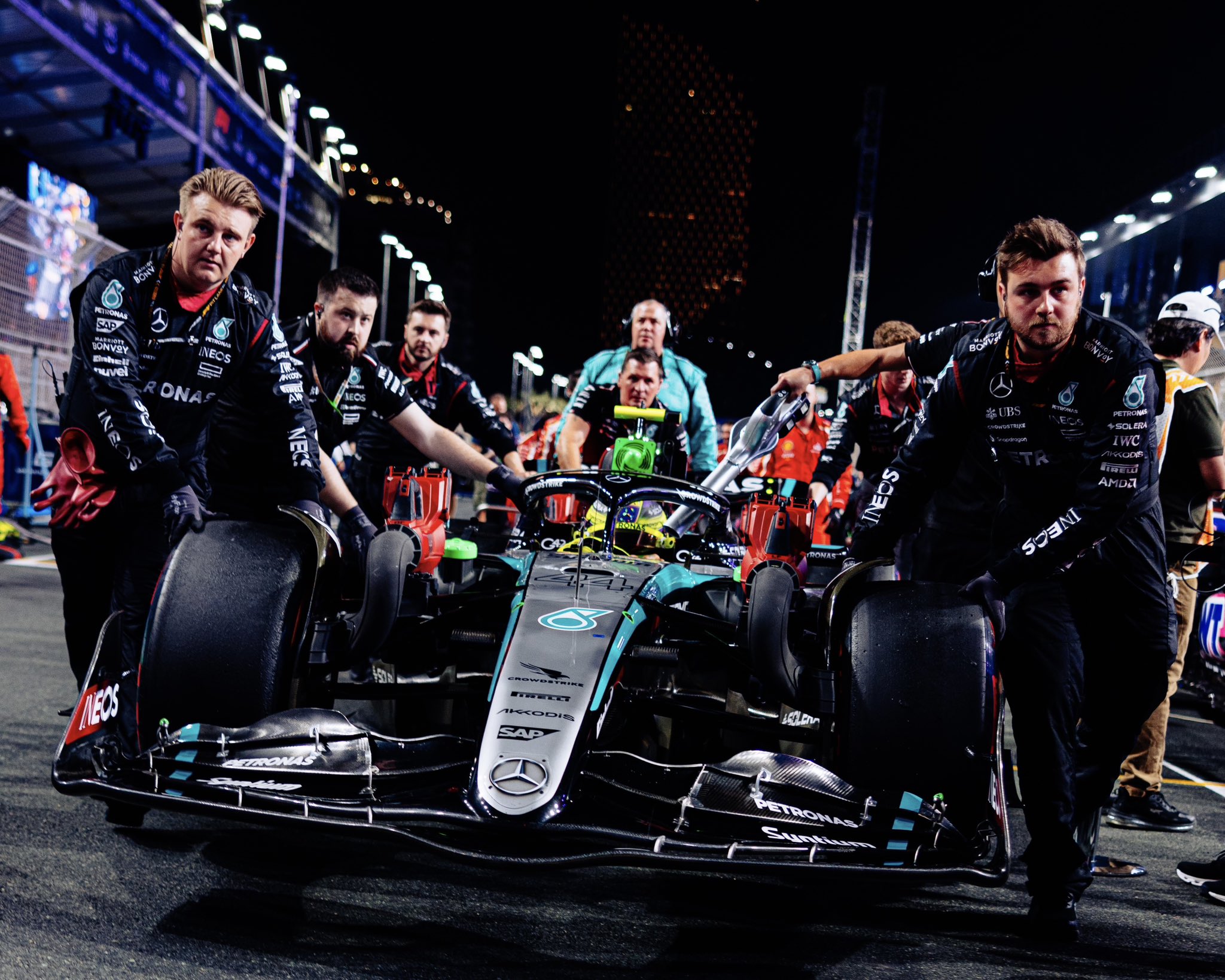
©Mercedes
Mercedes’ high-speed instability compared to its rivals was a significant disadvantage exposed last weekend in Jeddah. Shovlin suggested the problem was rooted in a combination of factors.
“It’s a few things,” he said. “One of them was the balance wasn't great. So those very fast corners, the walls aren't particularly far away – so the ones where the driver wants a lot of confidence – and quite often we were snapping to oversteer if they really leant on the tyres.
“And you can easily imagine how unsettling that is for the drivers. Now, that was a factor in qualifying and the race.
“In qualifying we were also suffering a bit with the bouncing. That was less of a problem in the race. There's more fuel on the car. You're going a bit slower. And that seemed to calm down, and wasn't such an issue.
“And then the big one is we don't really have enough grip there. So that's one of the things that we are working hard on this week, because Melbourne has similar nature of corners.
“So we're doing a lot of work to try and understand why did we not seem to have the grip of some of our close competitors.”
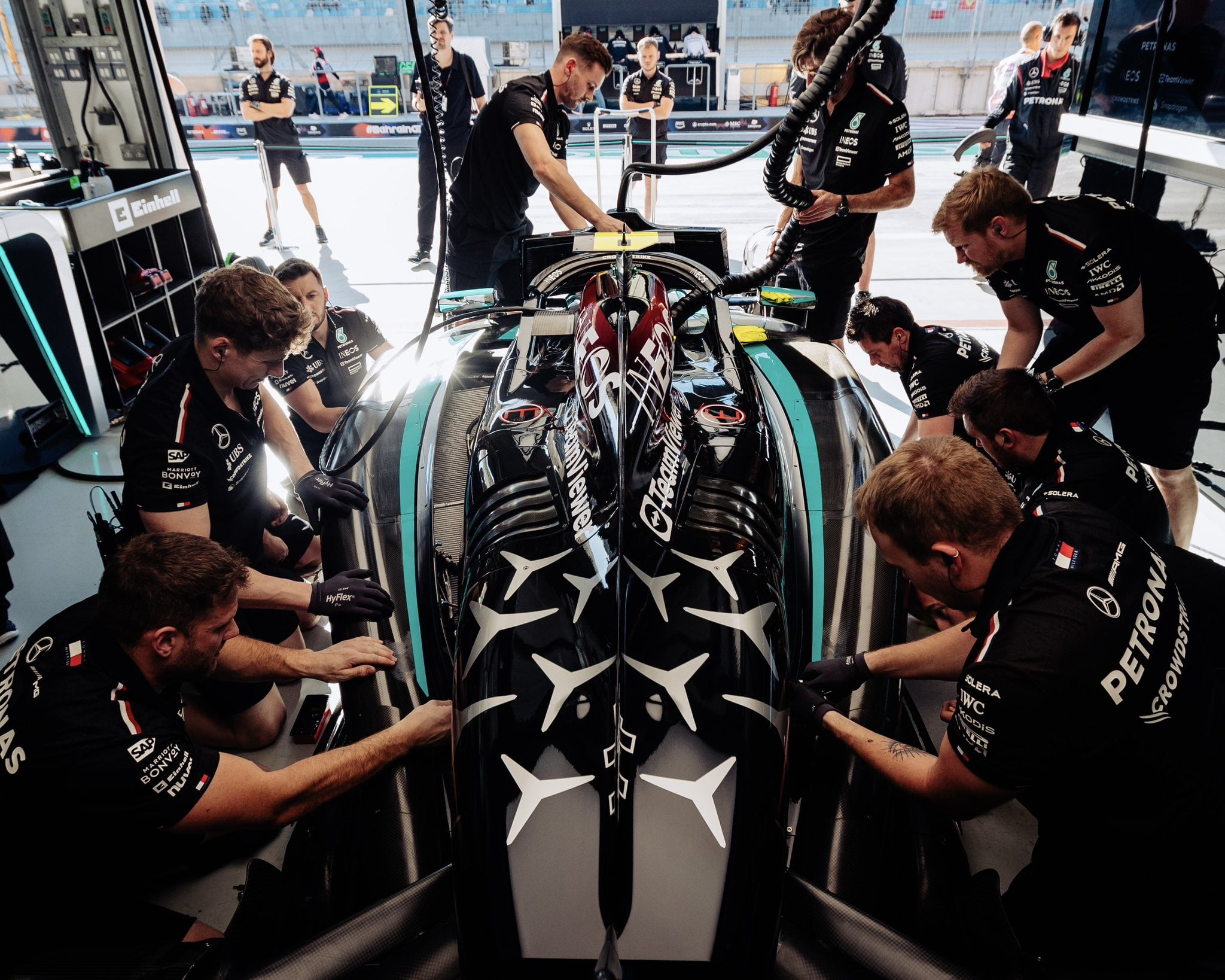
©Mercedes
Shovlin said that Russell and Hamilton had started their weekend in Jeddah on different set-ups, although they later converged as the weekend wore on.
“Some of that was they'd complained about bouncing,” he explained. “So we were looking at ways of trying to improve that. You can play with ride heights, you can play with stiffness, and that all seems effective.
“And also they were just trying to tune the balance through the speed range. So what's the car like in the low-speed? What's it like in the high-speed?”
“When you change things, you can see the differences. So, one car making changes, you can see how it performs run-to-run.
“We can also look at the global performance of the two cars, but fundamentally, the limitations that we had in qualifying and the race, they were broadly the same for both.
“So it's telling you it's not a small difference, it's not a tiny bit of camber or a spring or bar here and there. It's something more fundamental that we need to dig into and understand.”
Keep up to date with all the F1 news via Facebook and Twitter



